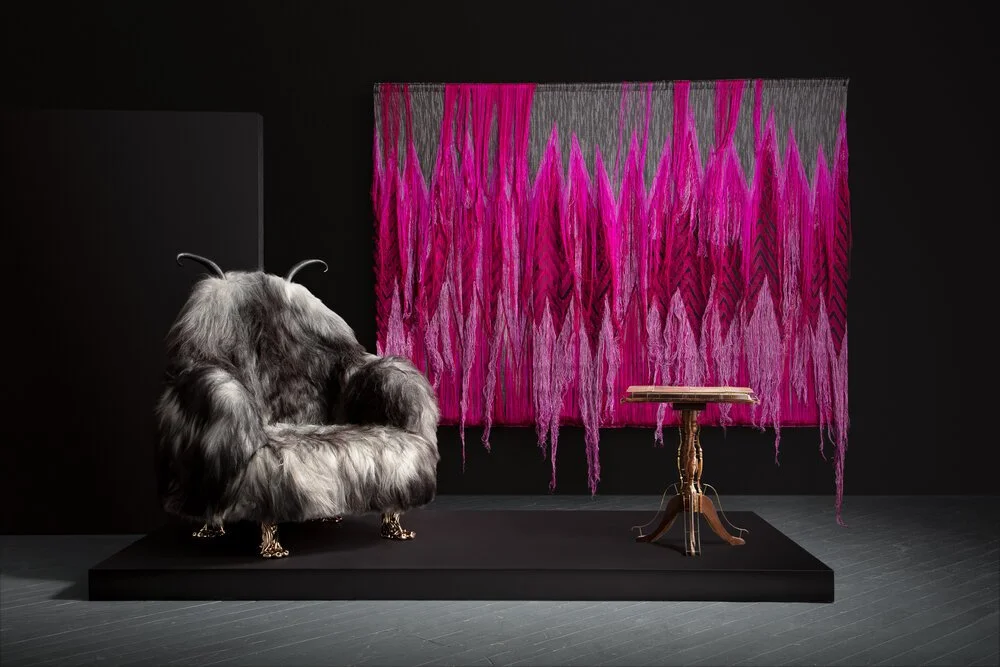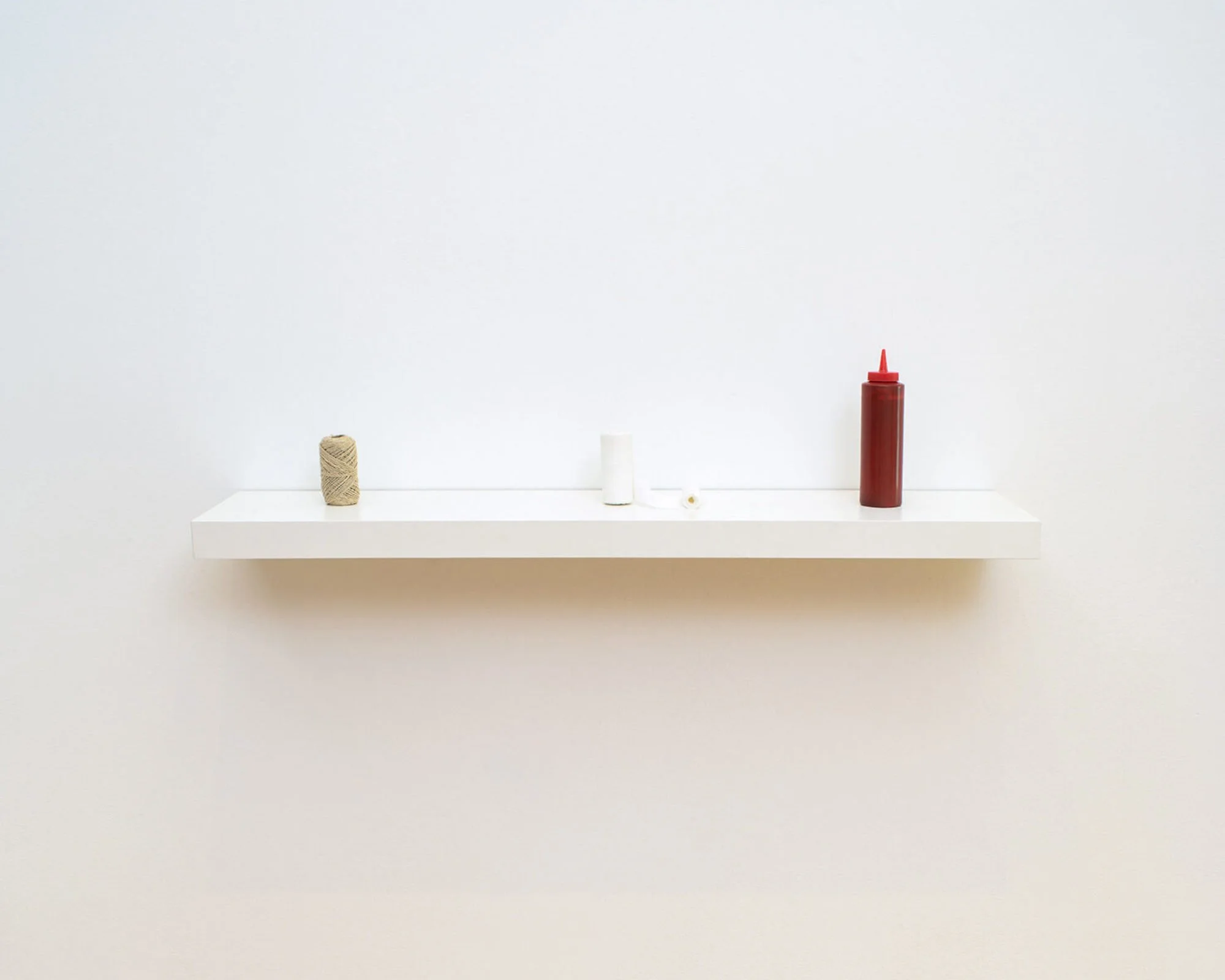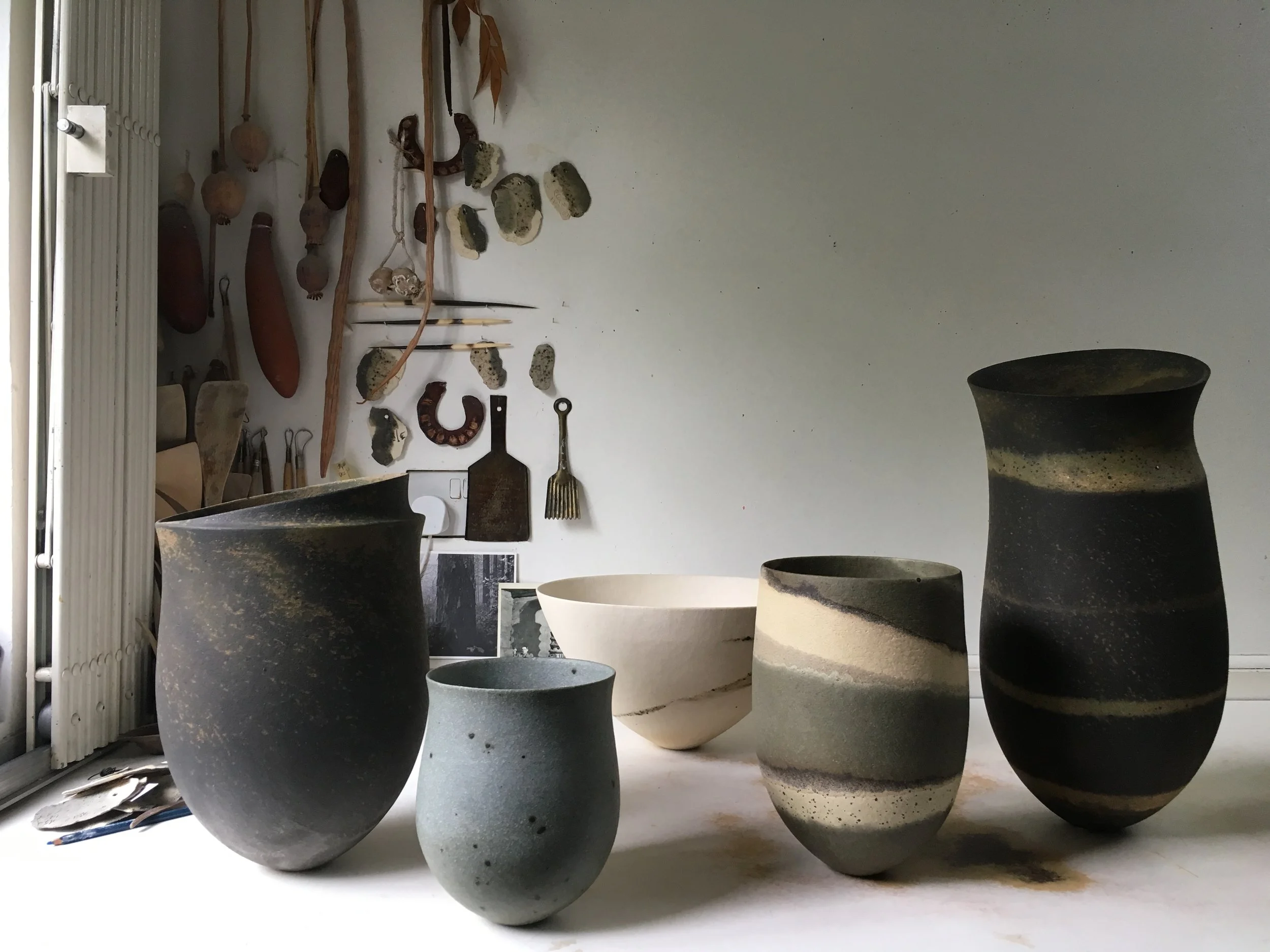Curated for the Fuller Craft Museum July 3, 2021 - October 10, 2021
Read MoreA Landmark Exhibition Reframing the History, Present, and Future of Handmade American Arts
Read MoreCurated for Crystal Bridges Museum of American Art, February 6 – May 31, 2021
Read MoreCurated for The Aldrich Contemporary Museum, November 24, 2019 to October 4, 2020
Read MoreAn experiment in making, curated for the Crafts Study Centre in Farnham and the Museum of English Rural Life in Reading.
Read MoreA memory tour of the European Ceramic Work Centre in the Netherlands, showcasing the skills of the facility’s technical advisors.
Read MoreThis exhibition, co-curated with Andrew Perchuk of the Getty Research Institute and Assistant Curator Barbara Paris Gifford, was the first exhibition to focus on the early career of Peter Voulkos, whose radical methods and ideas during this period opened up the possibilities for clay in ways that are still being felt today. The exhibition opened at the Museum of Arts and Design and subsequently traveled to the Renwick Gallery.
Read MoreThings of Beauty Growing: British Studio Pottery, co-curated with Martina Droth and Simon Olding, opens at the Yale Center British Art in 2017 and travels to the Fitzwilliam Museum, Cambridge in 2018. The exhibition tells the story of studio ceramics in Britain, from the 1920s to the present, through the evolution of the vessel form.
Read MoreThis exhibition was curated for Friedman Benda Gallery in New York City, in January 2017. A selective core sample of radical design works from the 1960s through the late 1980s, the show was sheathed in a projection of ‘white noise’ and a low-volume hiss of feedback.
Read MorePostmodernism: Style and Subversion 1970 to 1990, co-curated with Jane Pavitt with the assistance of Oliver Winchester, opened at the V&A in 2011 and subsequently toured to MART in Rovereto and the Swiss National Museum, Zurich. The exhibition traced the intellectual and stylistic progression of postmodern art and design, from its initial radicalism to its eventual commodification. The show was accompanied by a major catalogue with 40 commissioned essays, and a synthetic curatorial overview. The exhibition design, by Carmody Groarke and A Practice For Everyday Life, drew on period motifs while presenting a contemporary setting within the V&A’s Victorian architecture.
Read MoreA monographic study of a Milwaukee-based designer, Industrial Strength Design: How Brooks Stevens Shaped Your World was on view at the Milwaukee Art Museum in 2003. Staged in the museum’s newly opened wing, designed by architect Santiago Calatrava, the show included several vehicles, among them the Skytop Lounge observation train car from the streamlined 1947 Hiawatha, and a period Oscar Mayer Wienermobile.
Read MoreThe perfect repair would be an invisible one. The hope is to completely restore a broken object to its original function and appearance. But no repair is perfect. It’s not possible to turn back the clock, and no matter how skilled the restoration, it will be detectable - at least to expert eyes. This means that, aesthetically speaking, fixing works against itself. It involves a process of self-erasure; the more skilled the repair, the less visible it will be.
Read MoreBeazley Designs of the Year is an annual project at the Design Museum, London. The show is composed of about 65 international projects proposed by invited nominators (academics, critics and designers) that cover six areas of design - architecture, product, graphics, fashion, digital and transport design.
Read More











